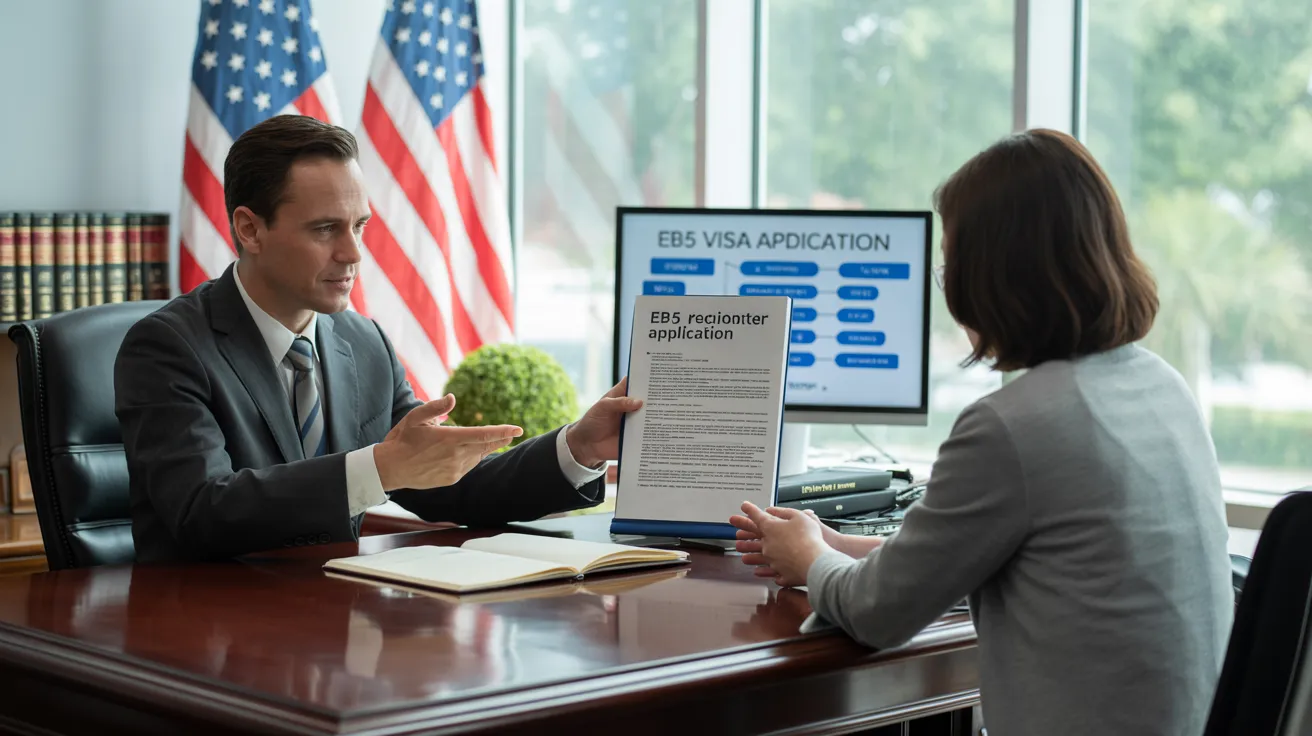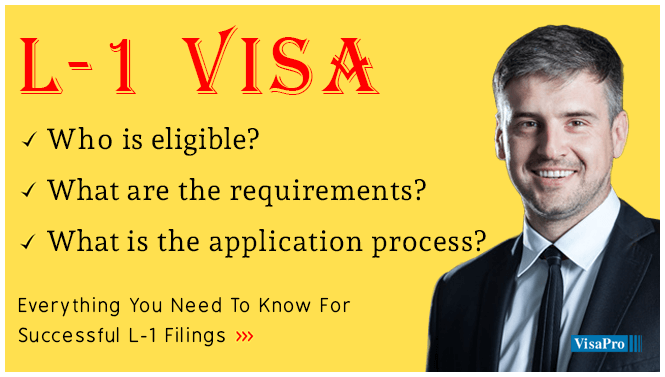The 7-Minute Rule for L1 Visa
Table of Contents8 Simple Techniques For L1 VisaA Biased View of L1 VisaSome Known Details About L1 Visa Not known Facts About L1 VisaL1 Visa Things To Know Before You BuyWhat Does L1 Visa Mean?
Readily Available from ProQuest Dissertations & Theses Global; Social Scientific Research Costs Collection. DHS Workplace of the Assessor General. Obtained 2023-03-26.
U.S. Department of State. Recovered 2023-02-08. Tamen, Joan Fleischer (August 10, 2013).
5 Simple Techniques For L1 Visa
In order to be eligible for the L-1 visa, the foreign firm abroad where the Recipient was used and the U.S. business need to have a qualifying connection at the time of the transfer. The various sorts of qualifying relationships are: 1. Parent-Subsidiary: The Moms and dad indicates a firm, firm, or various other legal entity which has subsidiaries that it has and controls."Subsidiary" indicates a firm, company, or various other lawful entity of which a parent owns, directly or indirectly, even more than 50% of the entity, OR possesses much less than 50% but has monitoring control of the entity.
Instance 1: Firm A is incorporated in France and utilizes the Beneficiary. Company B is integrated in the U.S. and wants to request the Beneficiary. Business A has 100% of the shares of Business B.Company A is the Parent and Company B is a subsidiary. There is a certifying relationship between the two companies and Company B should be able to sponsor the Recipient.
Business A has 40% of Company B. The continuing to be 60% is had and managed by Business C, which has no connection to Firm A.Since Business A and B do not have a parent-subsidiary relationship, Firm A can not sponsor the Recipient for L-1.
Instance 3: Company A is integrated in the U.S. and wishes to petition the Recipient. Company B is included in Indonesia and utilizes the Recipient. Business An owns 40% of Firm B. The staying 60% is possessed by Business C, which has no relation to Business A. Nonetheless, Business A, by official agreement, controls and complete manages Business B.Since Firm A has much less than 50% of Company B yet manages and manages the firm, there is a qualifying parent-subsidiary partnership and Company A can fund the Recipient for L-1.
The Facts About L1 Visa Revealed
Associate: An associate is 1 of 2 subsidiaries thar are both owned and controlled by the same parent or individual, or had and managed by the exact same team of people, in generally the click here very same ratios. a. Example 1: Company A is included in Ghana and utilizes the Recipient. Business B is integrated in the U.S.
Business C, likewise incorporated in Ghana, possesses 100% of Firm A and 100% of Firm B.Therefore, Business A and Company B are "associates" or sister firms and a certifying relationship exists in between both firms. Firm B should have the ability to sponsor the Recipient. b. Example 2: Firm A is integrated in the U.S.
Firm A is 60% owned by Mrs. Smith, 20% had by Mr. Doe, and 20% possessed by Ms. Brown. Business B is incorporated in Colombia and presently employs the Beneficiary. Firm B is 65% had by Mrs. Smith, 15% owned by Mr. Doe, and 20% owned by Ms. Brown. Company A and Company B are affiliates and have a qualifying partnership in two various means: Mrs.
The L-1 visa is an employment-based visa classification developed by Congress in 1970, allowing multinational firms to move their supervisors, execs, get started or key employees to their U.S. procedures. It is generally described as the intracompany transferee visa. There are two major kinds of L-1 visas: L-1A and L-1B. These types appropriate for workers worked with in different positions within a company.

In addition, the recipient needs to have functioned in a supervisory, executive, or specialized staff member position for one year within the three years preceding the L-1A application in the international business. For brand-new workplace applications, international work should have remained in a managerial or executive capability if the beneficiary is concerning the United States to work as a manager or exec.
The 6-Second Trick For L1 Visa

If given for an U.S. company functional for greater than one year, the preliminary L-1B visa is for up to 3 years and can be prolonged L1 Visa process for an additional 2 years (L1 Visa). Alternatively, if the U.S. firm is recently established or has actually been functional for less than one year, the first L-1B visa is released for one year, with extensions offered in two-year increments
The L-1 visa is an employment-based visa classification established by Congress in 1970, permitting international business to transfer their supervisors, executives, or essential workers to their U.S. operations. It is typically described as the intracompany transferee visa. There are 2 main types of L-1 visas: L-1A and L-1B. These types are ideal for workers employed in different placements within a business.
L1 Visa Things To Know Before You Buy
In addition, the recipient needs to have operated in a supervisory, executive, or specialized staff member setting for one year within the three years coming before the L-1A application in the international business. For new workplace applications, international employment must have been in a supervisory or executive capacity if the beneficiary is coming to the United States to function as a supervisor or exec.
for as much as seven years to look after the procedures of the U.S. affiliate as an executive or manager. If provided for a united state firm that has actually been operational for greater than one year, the L-1A visa is at first provided for up to three years and can be extended in two-year increments.
If approved for a united state company functional for even more than one year, the preliminary L-1B visa is for approximately 3 years and can be expanded for an additional two years. Conversely, if the united state business is freshly developed or has actually been operational for less than one year, the initial L-1B visa is provided for one year, with expansions available in two-year increments.